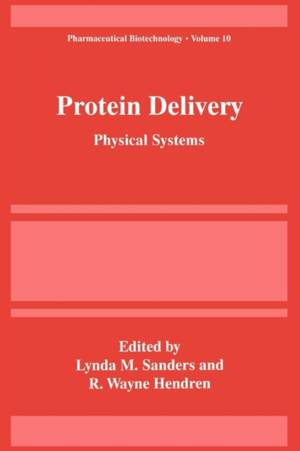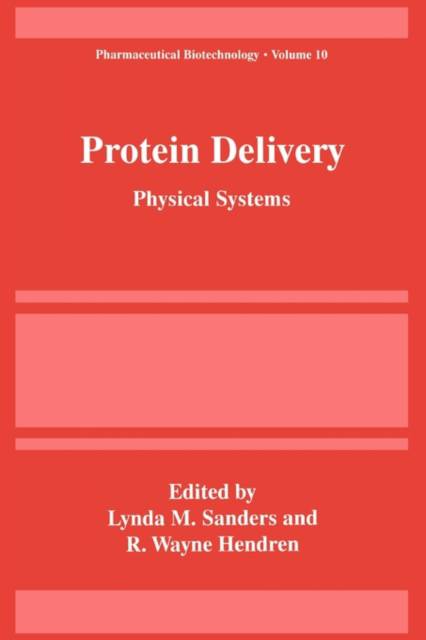
- Afhalen na 1 uur in een winkel met voorraad
- Gratis thuislevering in België vanaf € 30
- Ruim aanbod met 7 miljoen producten
- Afhalen na 1 uur in een winkel met voorraad
- Gratis thuislevering in België vanaf € 30
- Ruim aanbod met 7 miljoen producten
Zoeken
€ 279,45
+ 558 punten
Omschrijving
Protein and peptide therapeutics currently represent eight of the top 100 prescription pharmaceuticals in the U.S., and biotechnology products are projected to account for 15% of the total US. prescription drug market by 2003. Of the protein and peptide products now on the market, many are administered as daily injections, though several are deliveredby noninvasive routes. For example, desmopressin is delivered as a nasal spray, and deoxyribonuclease I is administered by inhalation. Although cyclosporin A is orally active, as yet there are no general means to confer oral bioava- ability to peptides and proteins. A major advance in delivery ofpeptides was achieved with the introduction of a monthly injectable, biodegradable microsphere formulation of LHRH. Despite the enormous success of biotechnology products to date, much effort continues to be focused on the development of more convenient and noninvasive routes of administration for those products that require f- quent and prolonged dosing. Here we present an overview of the te- nologies, both developed and emerging, which are applicable to protein delivery. In addition, chapters 11 through 13 detail case studies on physical methods for delivery ofinsulin and growth hormone.
Specificaties
Betrokkenen
- Uitgeverij:
Inhoud
- Aantal bladzijden:
- 433
- Taal:
- Engels
- Reeks:
- Reeksnummer:
- nr. 10
Eigenschappen
- Productcode (EAN):
- 9781441932594
- Verschijningsdatum:
- 6/12/2010
- Uitvoering:
- Paperback
- Formaat:
- Trade paperback (VS)
- Afmetingen:
- 156 mm x 234 mm
- Gewicht:
- 635 g

Alleen bij Standaard Boekhandel
+ 558 punten op je klantenkaart van Standaard Boekhandel
Beoordelingen
We publiceren alleen reviews die voldoen aan de voorwaarden voor reviews. Bekijk onze voorwaarden voor reviews.










